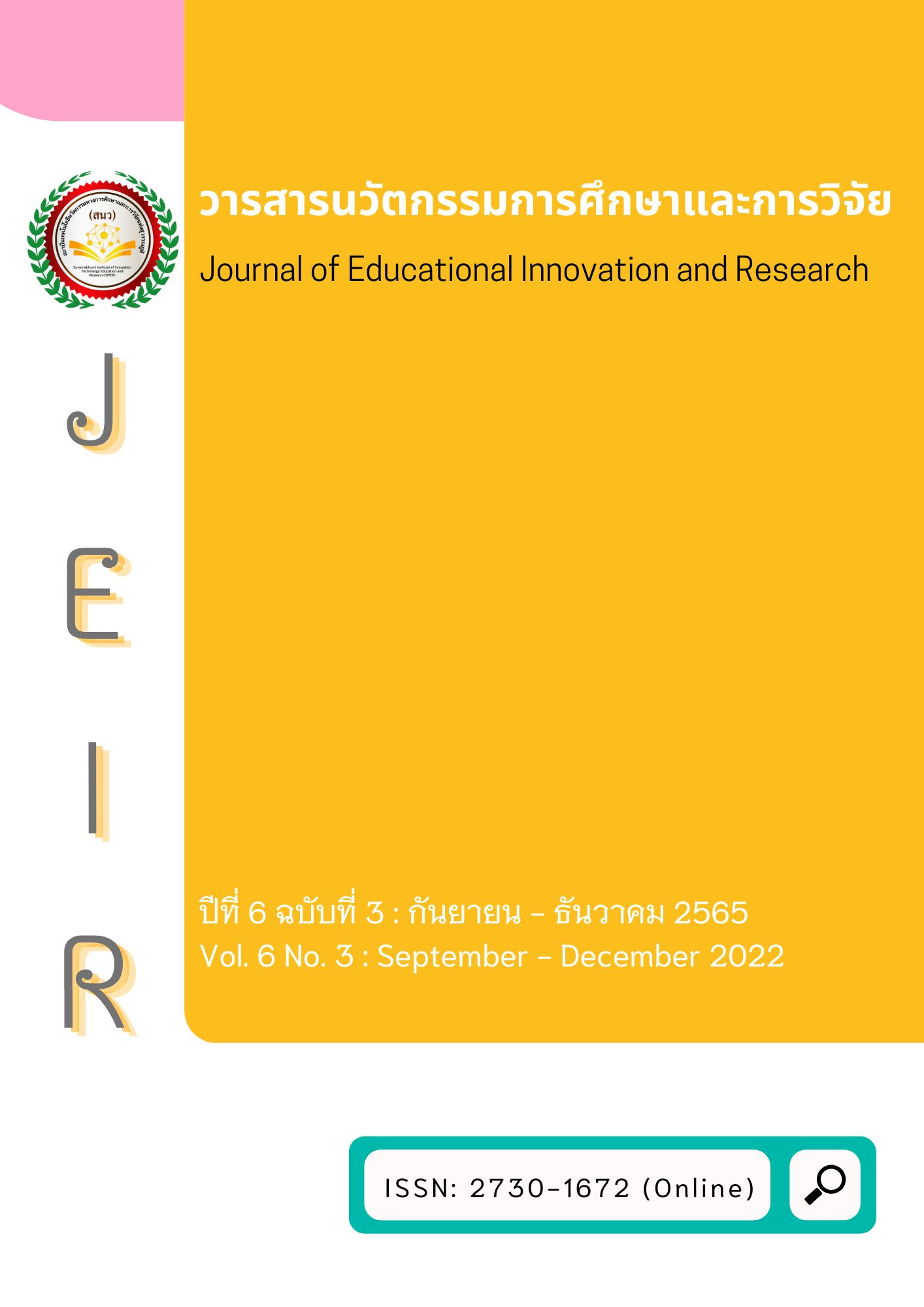Operation Management of Chinese Dance Application
Main Article Content
บทคัดย่อ
The dance application is an important product that coincides with the rapid development of the Internet in the past few years and the number of users has increased dramatically. In 2020, during the COVID-19 pandemic, the form of dance heritage below the line was greatly restricted, especially in school education, which was commonly taught online. As a result of this situation, the rapid development of dance applications was made. This paper was quantitative research. A research hypothesis on user satisfaction and loyalty to Chinese dance applications was presented with questionnaire formulation, data acquisition, and validation. In this regard, it was intended as a reference for the development of sustainable dance applications.
Article Details

อนุญาตภายใต้เงื่อนไข Creative Commons Attribution-NonCommercial-NoDerivatives 4.0 International License.
เอกสารอ้างอิง
Anderson, J. C., & Gerbing, D. W. (1988). Structural equation modeling in practice: A review and recommended two-step approach. Psychological Bulletin, 103(3), 411–423.
Bloch P H, Ridgway N M. Dawson S A. (1994). The Shopping Mall as Consumer Habitat. Journal of Retailing, 70(1), 23 - 42.
Bolten R N, Drew j h. (1991). A Longitudinal Analysis of the Impact of Service Changes on Customer Attitudes. Journal of Marketing, 55, 57-71.
Bowman, S., & Willis, C. (2003). We Media: How Audience Shaping the Future of News and Information. The American Press Institute, 4(1). 7-15.
Chen, Y.D. (2015). Development of commercial value of sports dance under Internet thinking. Contemporary Sports Technology, 5(26), 171-172.
Chen, Y.W. (2012). Current Situation of Chinese College Students' Dance Aesthetic Education Textbooks A Case Study of Mainland China Publications from 2001 to 2010 (Research Report). China Academy of Art.
Devaraj S, Fan M, Kohli R. (2002). Antecedents of B2c Channel Satisfaction and Preference: Validating e-Commerce Metrics. Information Systems Research, 13(3), 316 - 333.
Doll W J, Torkzadeh G. (1988). The Measurement of End-User Computing Satisfaction. MIS Quarterly, 12(2), 259-274.
Fomell C. (1992). A National Customer Satisfaction Barometer: The Swedish Experience. Journal of Marketing, 56(1), 6-21.
Lv, Y.S. (2018). Looking back on forty years--The historical mission and hidden worry of Chinese dance higher education. Journal of Beijing Dance Academy, 4, 14-16.
Peterson, A. (1997). The rise and fall of highbrow snobbery as a status marker. Poetics, 25, 76.
Spreng, R.A., MacKenzie, S.B. and Olshavsky, R.W. (1996) A Reexamination of the Determinants of Consumer Satisfaction. Journal of Marketing, 60, 15-32.
Zhao, C.J. (2019). Exploration of the inheritance and development path of non-legacy dances: based on the "Internet +" thinking concept. Art evaluation, 12, 67-69.
Zheng, G.Q. (2017). The huge impact of new media technology on advertising, Art Science, 11, 1-2.


